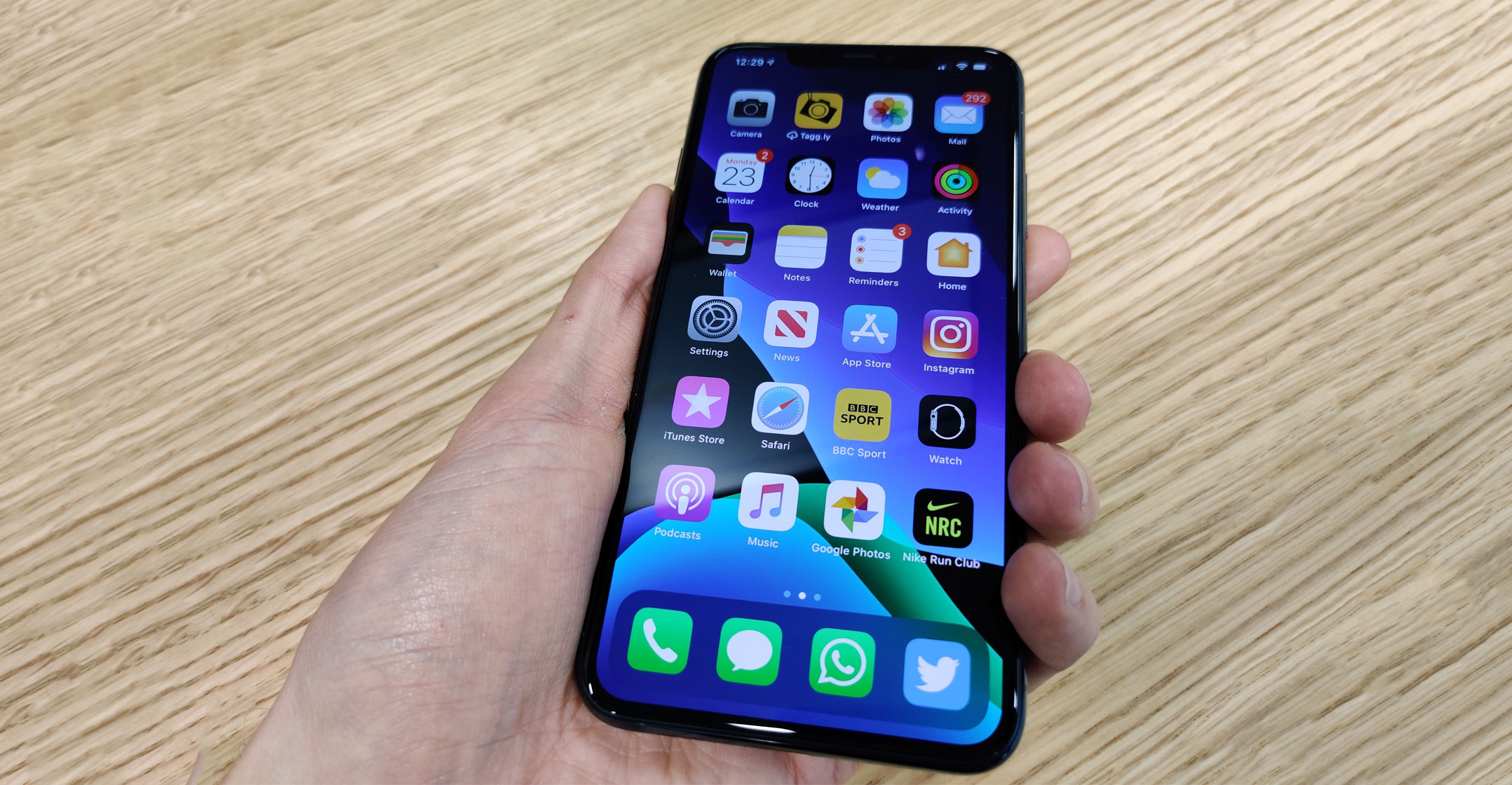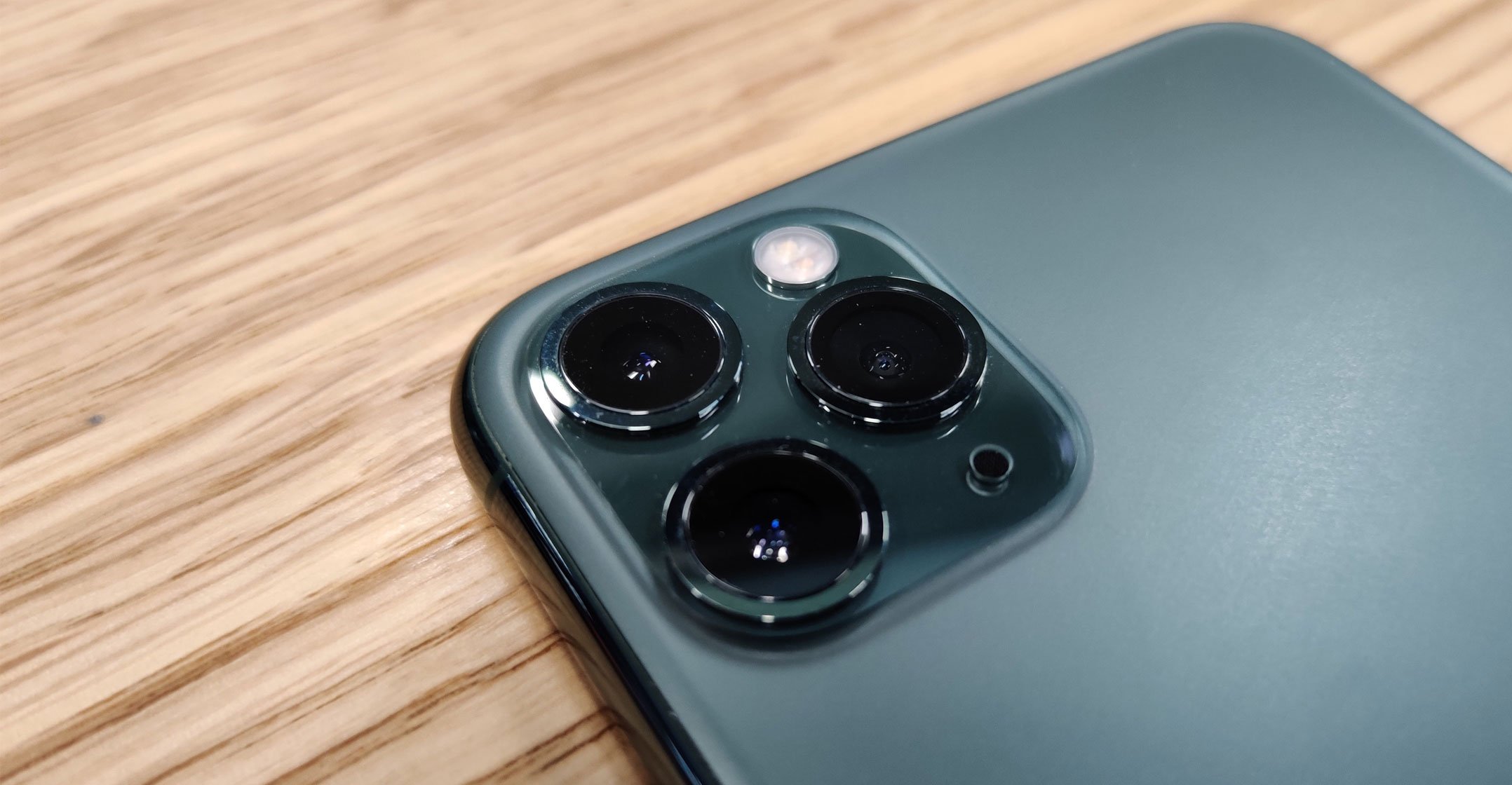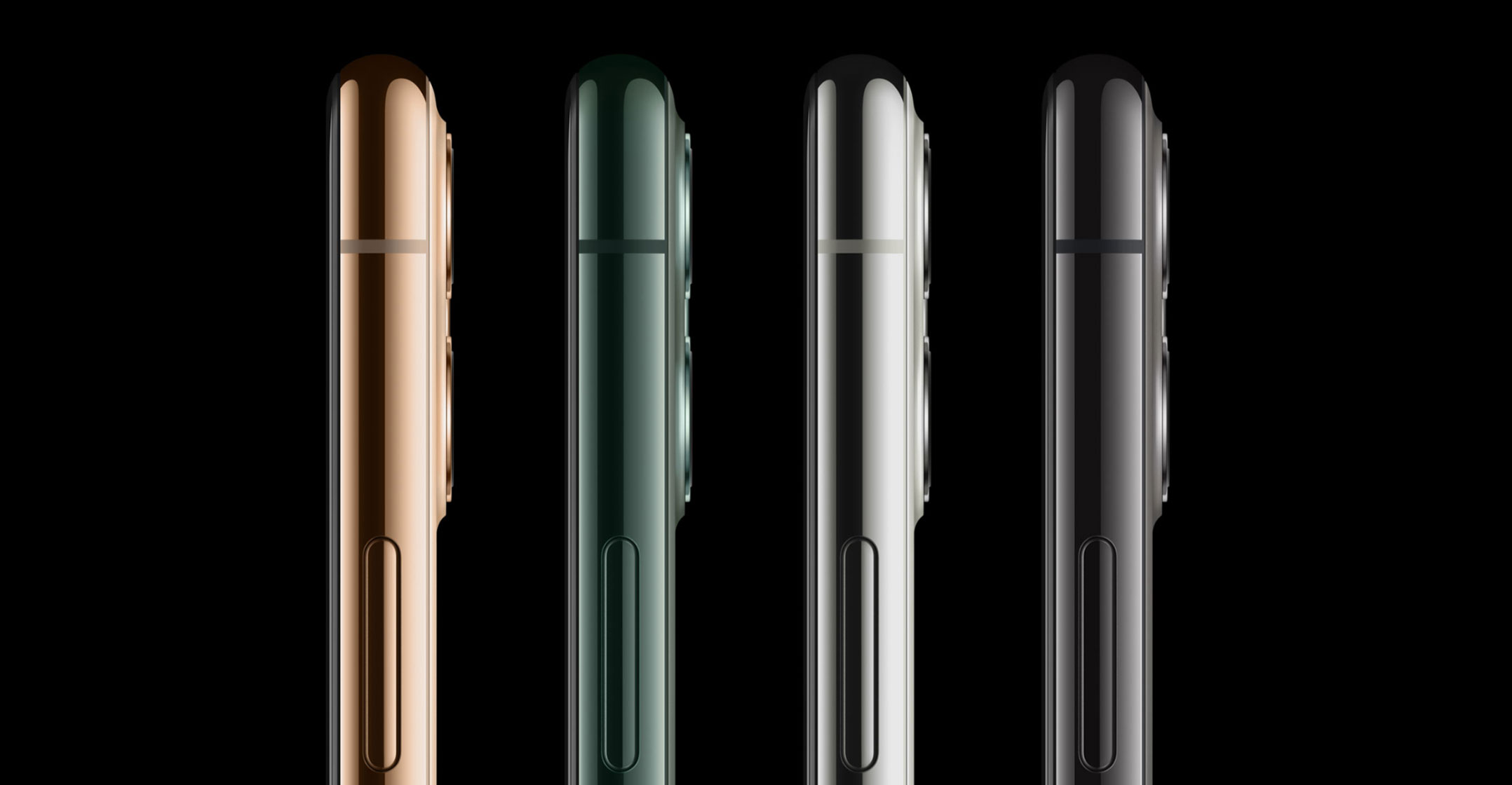 The newest Apple iPhone is here, again igniting the debate over whether users should upgrade, switch from Android or stick with what they have.
The newest Apple iPhone is here, again igniting the debate over whether users should upgrade, switch from Android or stick with what they have.
The 2019 update brings three new devices, the biggest and most expensive of which is the iPhone 11 Pro Max.
So what does the very latest, top-of-the-line iPhone have in its locker?
What’s good?
From the front, this is a very familiar iPhone — an all-screen front apart from the now signature notch at the top of the screen which houses the front-facing camera.
Flip this phone over, however, and the changes become much more apparent.
The first thing you’ll see is the new triple-rear camera setup. This is nowhere near as prominent and bulging in the flesh, and sticks up less from the back of the phone than the camera bump on last year’s Xs range.
 The new almost frosted glass panel that covers the rear of the handset is an upgrade on last year’s devices, predominately because fingerprints no longer show up so obviously. But in the new “Midnight Green” colour, too, it stands out as a smart-looking phone.
The new almost frosted glass panel that covers the rear of the handset is an upgrade on last year’s devices, predominately because fingerprints no longer show up so obviously. But in the new “Midnight Green” colour, too, it stands out as a smart-looking phone.
It’s also worth noting that the Apple logo has been lowered into the middle of the device, with the iPhone brand name also removed to give a cleaner-looking, smarter rear panel.
As for that new triple-camera setup, the biggest update they bring is the new ultra-wide photography option. The expanded field of view is particularly useful when space is cramped but you need to create an angle, and brings a new dimension to taking photos with your iPhone, making it a welcome addition.
Portrait photography has also got better and more powerful — supporting more people in one image as well as new lighting effects.
The other key camera upgrade is the introduction of Night Mode to the iPhone for the first time. It will bring a sense of relief to long-time Apple users, who for some time have had to deal with Android-using friends asking if their device could take pictures in low light, something several high-profile Samsung, Huawei and other devices have been good at for a while.
Not only that, but the images produced by the Night Mode on the 11 Pro Max are bright and clear enough to be happily shown off by users.
Away from the camera, battery life has been noticeably improved on the Pro Max handset compared to last year’s top-range Xs Max model. Whereas last year’s phones would often be in the red at under 20% battery by the end of a normal usage day, in testing the Pro Max has had around 40% left at the end of day’s use.
 What’s not so good?
What’s not so good?
The biggest issue with the 11 Pro Max is that it is the most expensive phone in a line-up that are all similarly capable. With the exception of the third rear camera lens, much of the Pro Max’s key features can also be found on the iPhone 11. That matters because while the Max starts at R23 999, the 11 starts at R14 999.
The display is also slightly higher quality, and larger, on the Pro Max, but most users can live with such a difference for the money saved.
The more pessimistic could also argue that this year’s iPhone handsets are only an iterative step at best, with many of the other key features still the same or not yet having advanced enough from previous devices to merit an upgrade from owners of recent iPhone versions.
Verdict
While it can be argued that the iPhone 11 Pro Max is only a half-step forward in terms of iPhone evolution, it has accomplished something many users and smartphone experts have been crying out for — bringing industry-leading photography technology to Apple’s handset.
With the 11 Pro Max camera hardware and AI software running on the phone thanks to the new A13 Bionic chip, iPhone photography can now stand alongside the likes of the Pixel and Huawei’s impressive P30 Pro camera as one of the best smartphone cameras on the market today.
Combine this with the fact that the trademark iPhone simplicity of use remains across the rest of the device and you have a potent smartphone combination.
However, much of what is great about this phone can also be found on the iPhone 11, which just so happens to be more than R7 000 cheaper, and as a result is the best option for anyone but those determined to own Apple’s first “Pro” iPhone.




